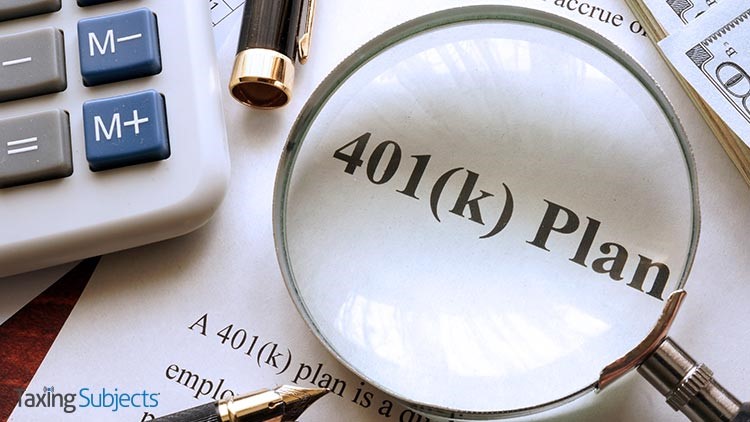
The Internal Revenue Service has issued Notice 2020-86, addressing certain parts of the SECURE Act that affect safe harbor plans—including safe harbor 401(k) plans and some 403(b) plans.
The SECURE Act—also known as the Setting Every Community Up for Retirement Enhancement Act—was passed into law in 2019.
Not all 401(k) plans qualify
A safe harbor 401(k) plan is similar to a traditional 401(k) plan but is structured so that compliance testing can be avoided.
Among other things, a safe harbor 401(k) plan has to provide for employer contributions that are fully vested when they’re made. These contributions can be employer matching contributions, limited to employees who defer, or employer contributions made on behalf of all eligible employees, regardless of whether they make elective deferrals.
Notice 2020-86 is written in a question-answer format that aims to help small business and other employers who maintain safe harbor plans comply with the SECURE Act.
The automatic elective deferral cap has increased
In general terms, the new law increases the maximum automatic elective deferral under an automatic enrollment safe harbor plan from 10% to 15%. It also eliminates certain safe harbor notice requirements for plans providing non-elective contributions and adds new provisions for the retroactive adoption of safe harbor status of those plans.
The notice impacts certain safe harbor 401(k) and 401(m) plans – including 403(b) plans that apply the 401(m) safe harbor.
The IRS says the notice is intended to help taxpayers by providing guidance on particular issues while regulations are being developed to fully implement the SECURE Act provisions.
For more information, check IRS.gov.
Source: IR-2020-273
